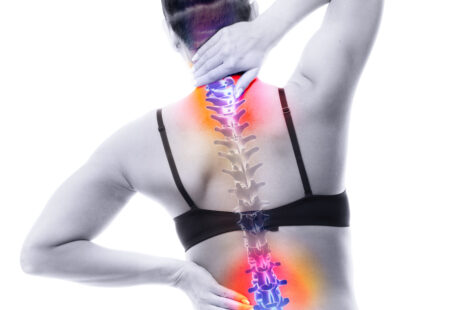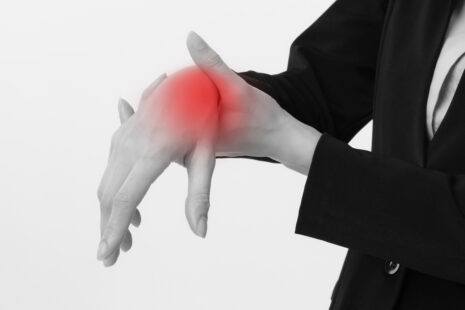Yes, gymnastics can potentially cause spinal injuries, although they are relatively rare compared to some other sports. The risk of spinal injury in gymnastics primarily stems from the high-impact landings, repetitive twisting and bending motions, and the demands of maneuvers performed on various apparatus.
Here are some potential causes of spinal injury in gymnastics…
- High-Impact Landings – Gymnastics routines often involve jumping and dismounting from equipment such as balance beams, uneven bars, and vaults. Incorrect landings or falls from a height can transmit significant force through the spine, potentially leading to compression fractures, disc herniations, or other spinal injuries.
- Repetitive Movements – Gymnasts frequently perform repetitive twisting, bending, and hyperextension movements during training and routines. Over time, these repetitive motions can place stress on the spine and its supporting structures, increasing the risk of overuse injuries such as stress fractures or muscle strains.
- Tumbling Passes – Gymnasts execute tumbling passes that involve rapid flips, twists, and somersaults, which can put stress on the spine and surrounding musculature. Improper technique or mistimed landings during tumbling passes can increase the risk of spinal injuries.
- Apparatus Malfunctions – While rare, equipment malfunctions or accidents can occur during gymnastics routines, leading to falls or collisions that may result in spinal injuries if the athlete lands awkwardly or with excessive force.
- Overtraining and Fatigue – Intense training regimens without sufficient rest and recovery can lead to fatigue, which may impair coordination, reaction times, and judgment, increasing the risk of accidents or injuries, including spinal injuries.
To reduce the risk of spinal injury in gymnastics, athletes, coaches, and trainers should prioritize safety, proper technique, and injury prevention strategies. This includes…
- Ensuring proper supervision and instruction during training and competition.
- Emphasizing the importance of proper warm-up, stretching, and conditioning exercises to prepare the body for activity and reduce the risk of injury.
- Teaching and reinforcing proper landing techniques and body mechanics to minimize the impact on the spine during jumps and dismounts.
- Using appropriate safety equipment, such as landing mats and spotting belts, to provide additional protection during high-risk maneuvers.
- Monitoring athletes for signs of fatigue, overuse injuries, or other risk factors and adjusting training accordingly.
- Encouraging open communication between athletes, coaches, and healthcare professionals to address any concerns or injuries promptly.
By implementing these safety measures and practices, the risk of spinal injury in gymnastics can be minimized, allowing athletes to train and compete safely and effectively.




